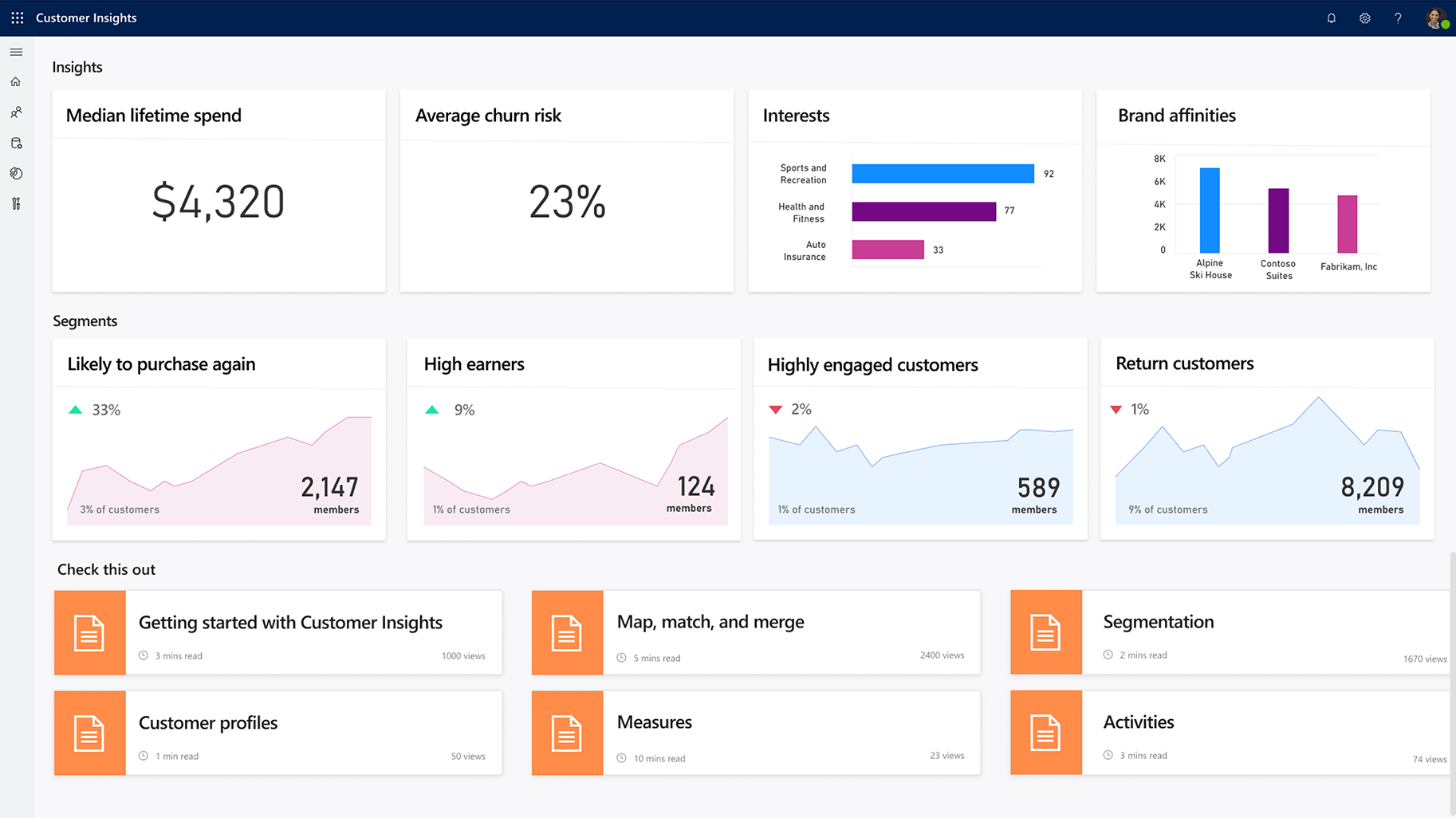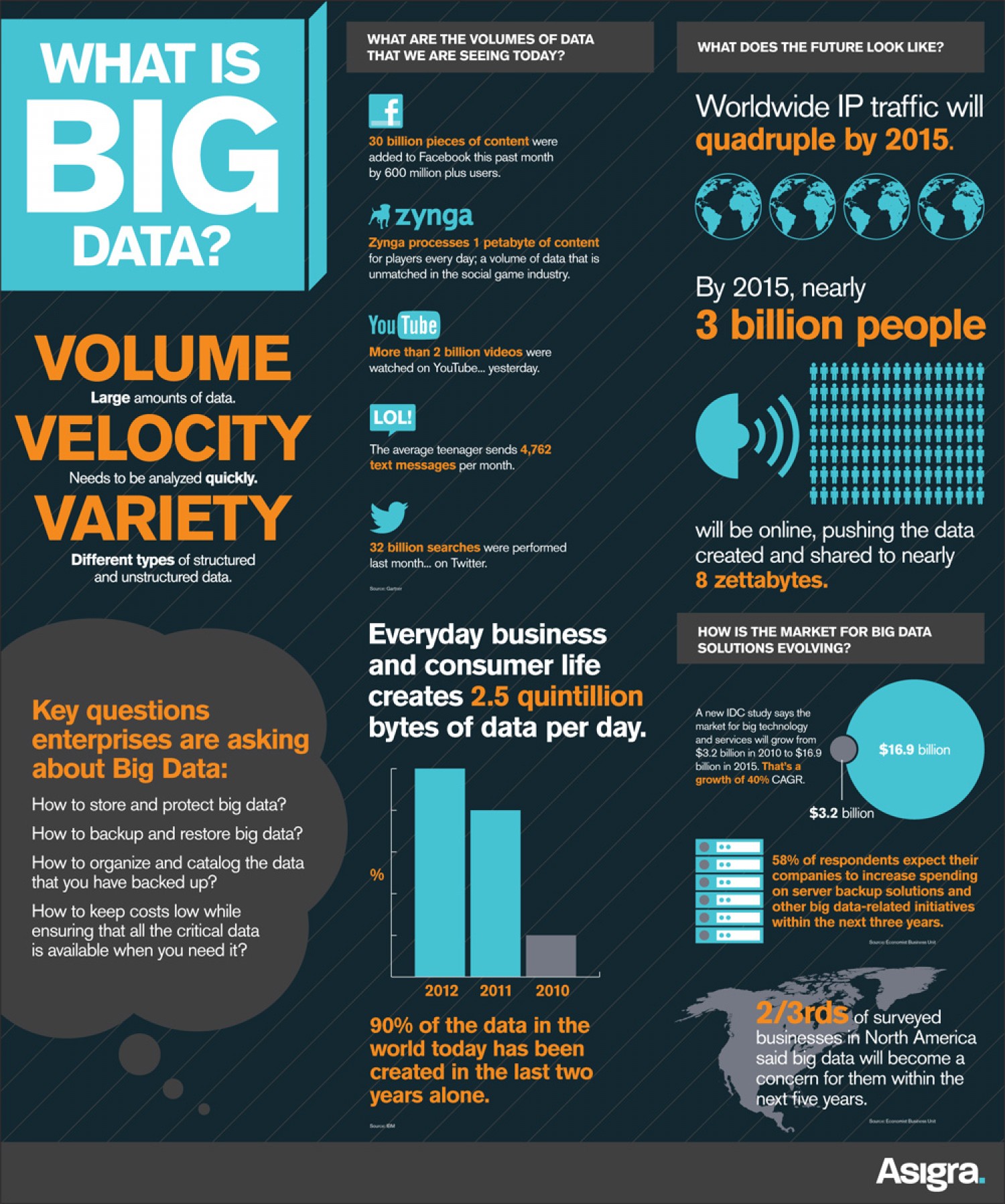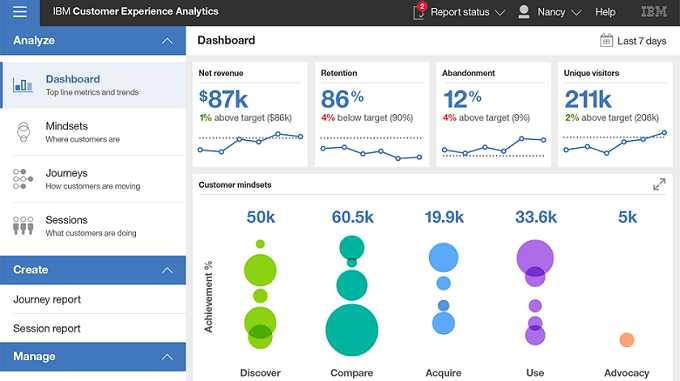No modern customer experience strategy is complete without analytics. Leveraging the insights you gather from historical data and current customer records is the best way—if not the only way—to develop tactics for your customer experience that are founded on measurable success. Analytics help remove the guesswork as to what your customers want and what could turn them away from your business.
The integration of analytics-driven technology has only further compounded the insights that businesses can glean on how to improve their CX. And as the fourth industrial revolution makes these innovations more common in the workplace, it will become increasingly imperative for businesses to adopt these new tech trends to keep pace with other competitive organizations in their industry.

To understand how data-driven companies have revitalized their approach to their customer relations, let’s look at the most pressing technology and data acquisition strategies affecting the business landscape today.
AI Insights in Real-Time
Ironically enough, artificial intelligence has given the businesses that employ its services the opportunity to humanize their customer relations. The explosive potential of artificial intelligence makes it easier than ever for customer support teams to track customer relationships, manage pending queries and harvest both historic and current data.

It also gives its users more time to have personalized conversations and relationships with consumers on the other end of the line, as your human workforce will no longer need to collect these data points on their own.
In fact, by the year 2022, marketing AI is predicted to free up more than a third of data analysts, giving them more of their workday to examine the data their AI tools collect and apply this knowledge to their customers’ behaviors.
In the future, relying on artificial intelligence to make data-driveninsights will not only prove beneficial, but it may be the only way to navigate the waters of an exponentially growing data pool. With worldwide data trajected to grow to 175 zettabytes by the year 2025, businesses without AI-driven technology will not have the time, workforce or resources necessary to sift through data at this size to find relevant analytics.
This means that, in 2020, your ability to fully utilize your analytics is intrinsically tied to how well you’ve integrated technology into your customer experience; without it, you risk losing important information within the massive amounts of data that customers will produce.
The Trend Toward Big Data
But how exactly does artificial intelligence highlight key indicators in your customers’ experiences with your company? The primary method is through big data, which is defined as a vast amount of customer information that would otherwise be impossible to track manually.
When harnessed to its full potential, big data helps businesses use all of the digital information they have at their disposal to get a fuller picture of their online customer experience.

From using individually tailoring the customer’s purchase journey to understanding the behavior patterns of your intended audience, big data technology is positioned to revitalize CX on a customer-by-customer basis.
Big data serves as an aggregate of your customers’ sentiments, giving you a nuanced picture of your brand’s emotional connection with its core audiences. As an example, you could leverage your big data to conduct surveys, collect comments left on your social media accounts, and record the language used in your call transcripts to determine how or whether your company emotionally resonates with those that purchase your services.
This can provide key insights into your company’s emotional delivery in its marketing tactics, advertising campaigns and one-on-one conversations with prospective buyers.
Adopting Analytics-Driven Tools
As businesses pull away from their manual approaches to collecting data and crafting their own insights, it will become increasingly valuable for organizations to adopt smarter and faster technology. Fortunately, the demand for CX-based analytics has developed an entire suite of tools on the market that include built-in data-collecting and -reporting features.
One example has to do with innovations that have made customer communications more manageable and measurable. Analytics-driven contact centers offer real-time reports on how long your customers wait, their purchase journeys and if every call is being routed to the correct internal department.
By using this data to improve the conversations that your team is having with both prospective and existing customers, you can pinpoint the precise aspects of your contact center structure that require attention and proactively fix areas of concern before they cut into your customer retention and loyalty rates.

Another tool businesses can use to create a data-centered customer experience is predictive-analytics CX software. Also known as customer intelligence software, businesses that leverage this type of customer experience technology are able to more accurately forecast the trends of their targeted markets and customers through both structured and unstructured data.
Many of these tools offer omnichannel support when collecting data, meaning they are able to mine information from your social media accounts, company website, physical store locations, mobile applications and more to give you a multi-faceted narrative of your customer relations.
One final analytics tool to consider implementing within your company is automated customer feedback analysis. Ideal for businesses looking to develop stronger insights at the end of the purchase journey, customer feedback technology helps you process your big data more quickly and without the risk of human error.
These programs are capable of automatically collecting your customers’ comments across multiple touchpoints—everything from emailed surveys to online reviews—to help you identify places of improvement from a person’s initial awareness of your company to the finalized sale. At the same time, this type of feedback software gives your customer base a designated platform to voice their thoughts, which can help make them feel more valued and respected by your company.
Remember: Analytics Aren’t the Only Piece of the CX Puzzle
Although analytics and data are projected to become an integral aspect of any successful customer experience model, it’s important to remember that having access to these insights will not immediately result in an improved experience for your buyers. What’s more important is how you utilize your insights to change your CX strategy for the better.
Making the most of your data means charting an actionable approach to incorporating this information into your operations and adjusting how you will generate success for years down the line.
This article was originally published here



